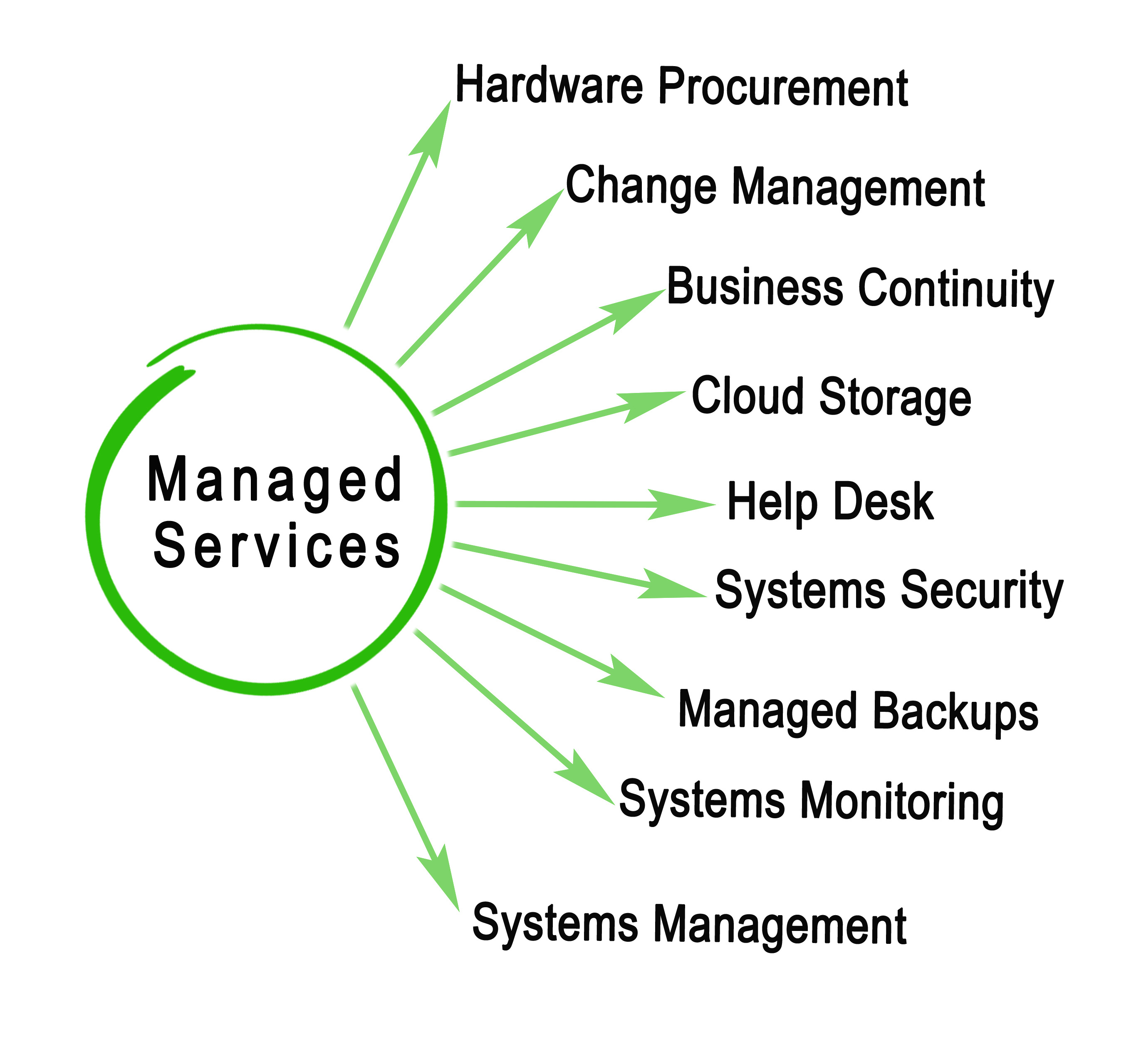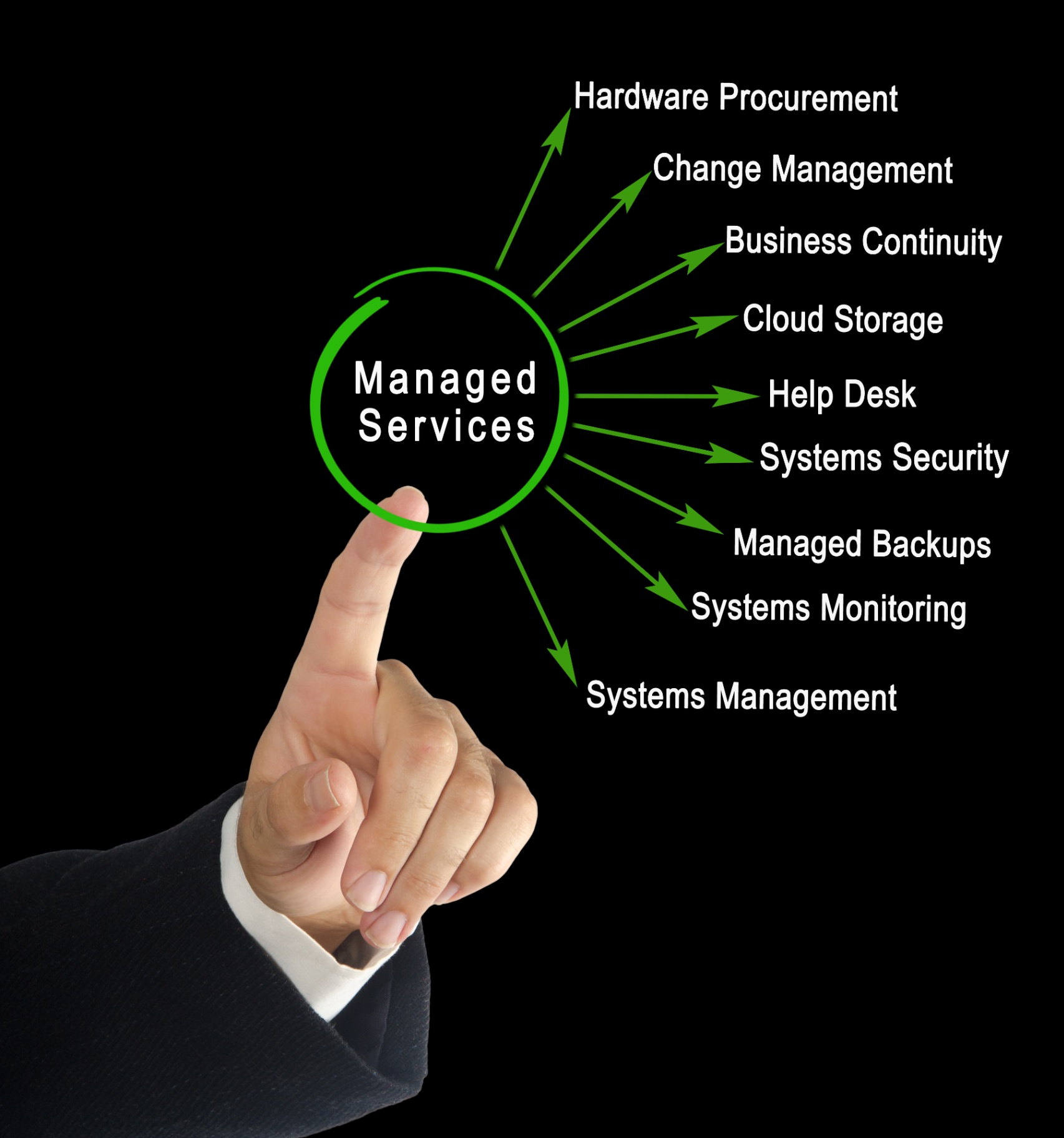It's 9:47 AM on a Tuesday morning. Your team is settling in with their coffee, ready to tackle the day's priorities. Then it happens: the server crashes. Email stops working. Your CRM goes dark. Customer calls start flooding in, but your staff can't access any account information.
What seems like a "quick IT fix" stretches into hours. By lunch, you've lost an entire morning of productivity. By evening, you're calculating the real damage: missed deadlines, frustrated clients, and a team that worked twice as hard to accomplish half as much.
If this scenario sounds familiar, you're not alone. Connecticut small and medium businesses face this reality more often than they'd like to admit. But here's what most SMB owners don't realize: the true cost of downtime extends far beyond those obvious lost hours.
The Staggering Reality of Downtime Costs
Let's start with the numbers that'll make your accountant nervous. For small businesses, every minute of downtime costs between $137 and $427. That might not sound catastrophic until you do the math on a typical outage.
Consider a Connecticut SMB with 20 employees generating $5 million in annual revenue: pretty standard for many local businesses. When systems go down, that company bleeds $3,362 every hour. A single day of downtime? $27,000 down the drain.
But those are the conservative estimates. Recent industry surveys reveal that over 90% of businesses estimate their downtime costs exceed $300,000 per hour. Gartner research puts the average across all industries at $5,600 per minute: that's over $336,000 per hour for a typical outage.

Even micro SMBs with fewer than 25 employees face what analysts consider "extremely conservative" costs of $1,670 per minute. That translates to roughly $100,000 per hour of lost productivity, revenue, and operational efficiency.
The Hidden Costs That Really Hurt
Customer Trust Evaporates Faster Than You Think
The immediate revenue loss is just the tip of the iceberg. When your systems fail, you're not just losing current transactions: you're potentially losing customers forever.
In today's digital marketplace, customers have zero tolerance for downtime. They expect 24/7 access to your services, instant responses to their inquiries, and seamless transactions. When you can't deliver, they don't wait around: they switch to competitors who can.
The ripple effect is brutal. A single frustrated customer doesn't just take their business elsewhere; they share their experience with friends, family, and social media followers. That negative word-of-mouth can cost you dozens of potential customers you'll never even know about.
Employee Productivity Takes a Double Hit
Here's something most business owners miss: downtime doesn't just stop work: it actually creates more work.
When systems crash, your team doesn't get to sit back and relax. Instead, they're fielding angry customer calls, manually tracking information that should be automated, and scrambling to find workarounds for basic business processes.
The stress is real. Employees working through extended outages report feeling overwhelmed, frustrated, and helpless. This emotional toll doesn't disappear when the systems come back online. It contributes to burnout, decreased job satisfaction, and ultimately, higher turnover rates.
And here's the kicker: replacing a departing employee costs approximately $15,000 in recruitment, training, and lost productivity. Multiple that by the turnover caused by repeated downtime incidents, and the costs spiral quickly.
Missed Opportunities Never Come Back
Timing is everything in business. The proposal that was due at 5 PM becomes worthless at 5:01 PM. The client presentation that got delayed because you couldn't access your files might never get rescheduled.
Connecticut SMBs operate in competitive markets where opportunities are often time-sensitive. A ransomware attack that hits just before a critical bid deadline can cost far more than the daily revenue calculations suggest. You're not just losing today's income: you're potentially losing months or years of future revenue from contracts that slip away.

Industry-Specific Vulnerabilities in Connecticut
Different sectors face varying levels of downtime risk and associated costs:
IT and Professional Services
Connecticut's robust tech sector faces some of the highest downtime costs: approximately $5,600 per minute. When your business is built on delivering technology solutions, system failures don't just cost money; they destroy credibility.
Manufacturing
With strong manufacturing roots throughout Connecticut, these businesses face unique challenges. Production line shutdowns cost around $260,000 per hour, with businesses typically experiencing about 800 hours of annual downtime. That's over $200 million in annual losses for manufacturers who don't have solid business continuity planning.
Healthcare and Professional Services
Connecticut's numerous medical practices, dental offices, and professional services firms face stringent compliance requirements. When systems go down, they're not just losing revenue: they're potentially violating HIPAA, missing critical patient care deadlines, and facing regulatory penalties that can reach into the millions.
Financial Services
With Hartford's insurance industry and numerous financial firms statewide, downtime can trigger regulatory investigations, compliance violations, and customer trust issues that extend far beyond immediate revenue losses.
The Connecticut SMB Challenge
Small and medium businesses in Connecticut face a perfect storm of downtime vulnerabilities:
Geographic Risks: New England weather brings ice storms, nor'easters, and power outages that can knock systems offline for days. Without proper business continuity planning, weather-related downtime can devastate unprepared businesses.
Cyber Attack Targets: Connecticut SMBs are increasingly targeted by ransomware attacks and cyber criminals who know smaller businesses often lack robust security measures. These attacks don't just encrypt data: they can shut down operations for weeks while recovery efforts drag on.
Aging Infrastructure: Many Connecticut businesses operate with legacy systems and outdated technology that's more prone to failures. When these systems crash, replacement parts and specialized expertise become expensive and time-consuming to secure.
Skills Gap: The competition for skilled IT professionals in Connecticut is fierce, with larger corporations and tech companies offering salaries that many SMBs can't match. This leaves smaller businesses with limited internal IT expertise when disasters strike.

The Real Cost Breakdown: Beyond Lost Revenue
Direct Financial Losses
- Lost sales: Every hour of downtime represents transactions that will never happen
- Overtime costs: Paying employees to work extra hours catching up after systems return
- Recovery expenses: Emergency IT support, data recovery services, and system restoration
- Penalties and fees: Missing contractual deadlines, SLA violations, and regulatory fines
Indirect Financial Impact
- Customer churn: Lost customers who switch to competitors during outages
- Reputation damage: Negative reviews, social media complaints, and damaged brand perception
- Market share erosion: Competitors gaining ground while your business is offline
- Insurance claims: Increased premiums and potential coverage disputes
Operational Disruption
- Supply chain delays: Unable to process orders, communicate with vendors, or manage inventory
- Communication breakdown: Email systems, phones, and collaboration tools offline
- Data integrity issues: Corrupted files, lost information, and incomplete records
- Compliance violations: Missing regulatory reporting deadlines and audit trail gaps
Why Connecticut SMBs Underestimate Downtime Risk
Most small business owners make the same critical mistake: they only calculate wages lost during downtime. This narrow view misses the majority of actual costs.
A typical miscalculation looks like this: "We have 15 employees averaging $25/hour. A 4-hour outage costs us $1,500 in lost wages."
The reality looks more like this: "Our 4-hour outage cost $1,500 in wages, plus $8,000 in lost sales, $3,500 in customer service overtime, $2,000 in emergency IT support, an estimated $15,000 in lost customer lifetime value, and immeasurable damage to our reputation and employee morale."
That $1,500 problem just became a $30,000+ disaster.

The Rising Threat Landscape
Downtime incidents are becoming more frequent and more costly. Cyberattacks have grown by 32% over the past seven years as businesses become increasingly dependent on digital operations.
Ransomware Reality
Connecticut businesses face approximately one ransomware attempt every 14 seconds. When these attacks succeed, the average recovery time exceeds 22 days: assuming businesses can recover at all. Some never reopen.
System Complexity
Modern business operations depend on increasingly complex technology stacks. Cloud services, mobile apps, integrated software platforms, and IoT devices create multiple points of failure. When one component fails, it often triggers cascading problems throughout the entire system.
Skills Shortage
The cybersecurity skills gap continues to widen, leaving SMBs vulnerable to attacks that could be prevented with proper expertise and preparation.
Business Continuity: Your Financial Insurance Policy
Here's the bottom line: investing in business continuity planning costs less than a single significant downtime event.
Comprehensive business continuity planning addresses multiple failure scenarios:
Technology Failures
- Server crashes and hardware malfunctions
- Software bugs and compatibility issues
- Network outages and connectivity problems
- Cloud service disruptions
Security Incidents
- Ransomware attacks and malware infections
- Data breaches and unauthorized access
- Phishing attacks and social engineering
- Insider threats and accidental data loss
Natural Disasters
- Power outages and electrical system failures
- Weather-related disasters (storms, flooding, ice)
- Fire, flood, and physical building damage
- Supply chain disruptions
Human Factors
- Key employee departures and knowledge loss
- Training gaps and procedural failures
- Vendor relationship problems
- Communication breakdowns

The FoxPowerIT Approach to Business Continuity
Effective business continuity planning isn't about predicting every possible disaster: it's about building resilient systems that can adapt to unexpected challenges.
Proactive Monitoring and Maintenance
Rather than waiting for systems to fail, continuous monitoring identifies potential problems before they cause outages. Predictive maintenance prevents most common failure scenarios.
Automated Backup and Recovery
Modern backup solutions create multiple recovery points throughout the day, enabling rapid restoration of systems and data. Cloud-based backups ensure information remains accessible even during local disasters.
Redundant Systems and Failover Planning
Critical systems need backup options. When primary systems fail, automated failover switches operations to secondary systems with minimal disruption.
Employee Training and Communication Plans
Technology solutions are only effective when people know how to use them. Regular training and clear communication protocols ensure teams can respond effectively during incidents.
Vendor Relationship Management
Strong partnerships with reliable IT service providers ensure rapid response times and priority support during emergencies.
Making the Business Case for Business Continuity
The investment in business continuity planning typically pays for itself after preventing a single major downtime incident. Consider these calculations:
Annual Managed IT Services: $3,000-$8,000 per month
Single Day of Downtime: $27,000+ in direct losses
Customer Churn from Reputation Damage: $50,000+ in lost lifetime value
Employee Turnover from Stress: $15,000+ per departing employee
Even conservative estimates show that professional business continuity services cost less than one-tenth of a single significant outage.
Taking Action: Next Steps for Connecticut SMBs
The time to prepare for downtime is before it happens. Every day without proper business continuity planning is a day your business operates at unnecessary risk.
Start with these immediate steps:
- Assess Your Current Vulnerabilities: Identify single points of failure in your technology infrastructure
- Calculate Your Actual Downtime Costs: Factor in all direct and indirect impacts, not just lost wages
- Evaluate Your Backup and Recovery Capabilities: Test your current systems to ensure they actually work when needed
- Document Critical Business Processes: Ensure knowledge isn't trapped in individual employees' heads
- Partner with Experienced IT Professionals: Work with managed service providers who specialize in SMB business continuity
The Choice is Yours
Connecticut SMBs face a simple choice: invest in business continuity planning now, or pay much more later when disaster strikes.
The statistics are clear, the risks are real, and the costs of inaction continue to climb. Businesses that prioritize resilience and preparation don't just survive downtime incidents: they often gain competitive advantages by maintaining operations while competitors struggle with outages.
Your customers, employees, and bottom line deserve better than crossing fingers and hoping nothing goes wrong. Professional business continuity planning provides the peace of mind that comes from knowing your business can weather whatever challenges arise.
The question isn't whether your business will face a downtime incident: it's whether you'll be prepared when it happens.

